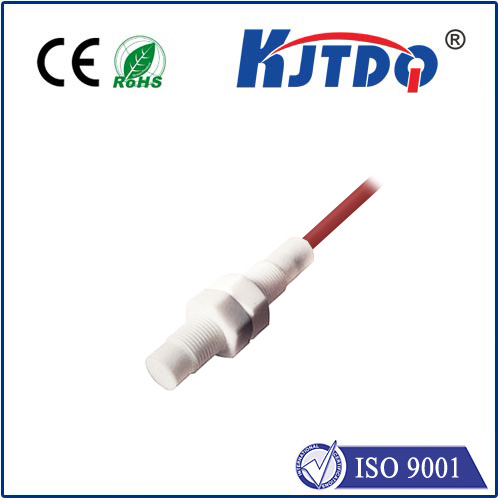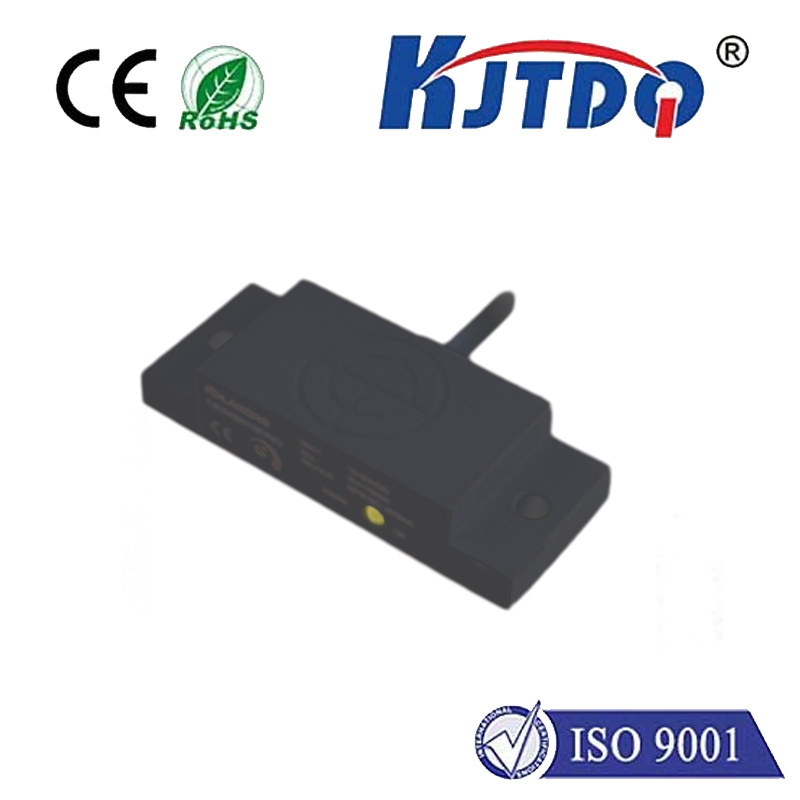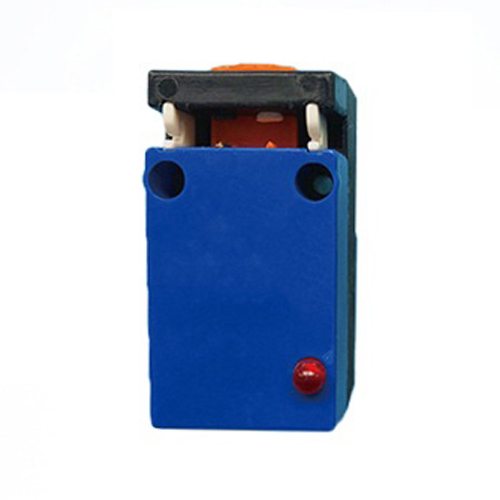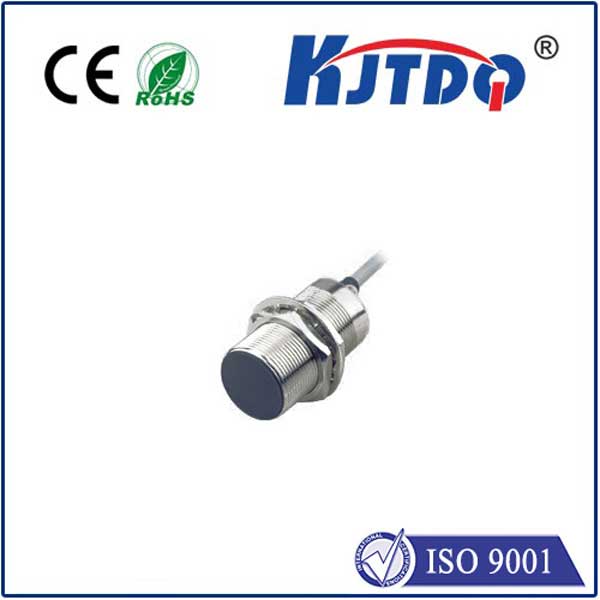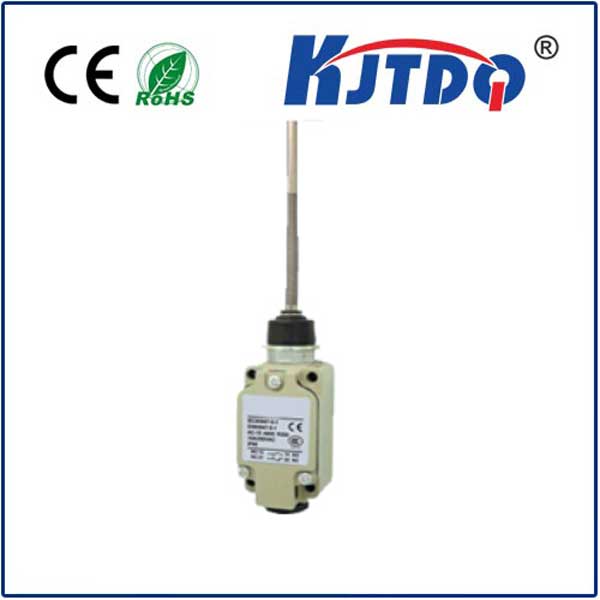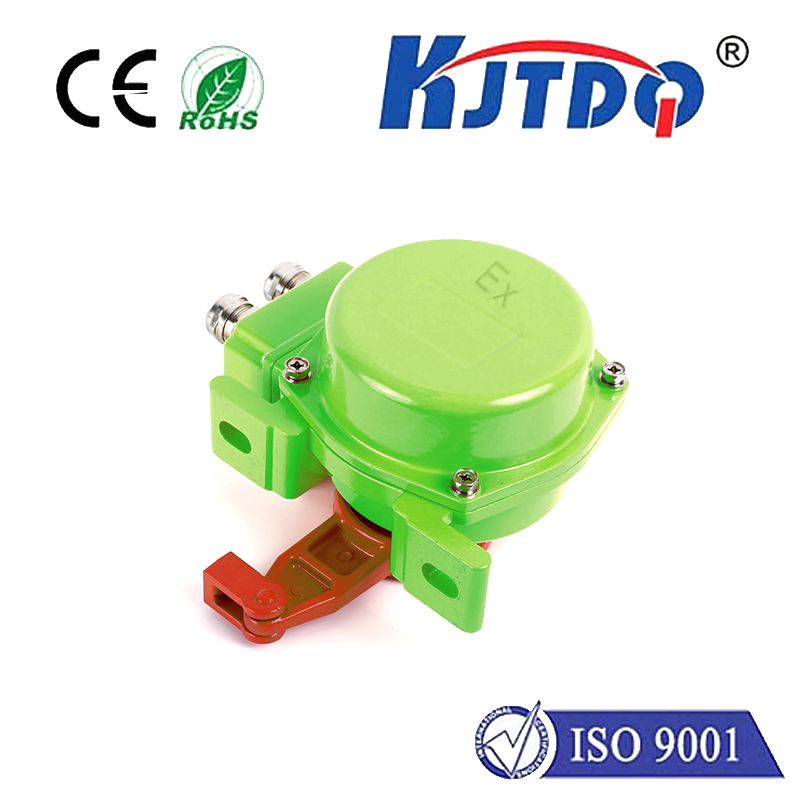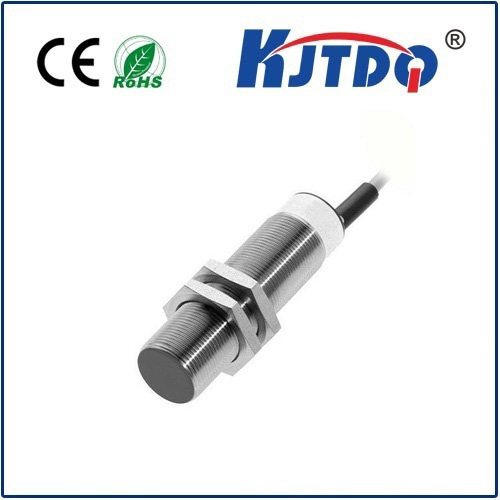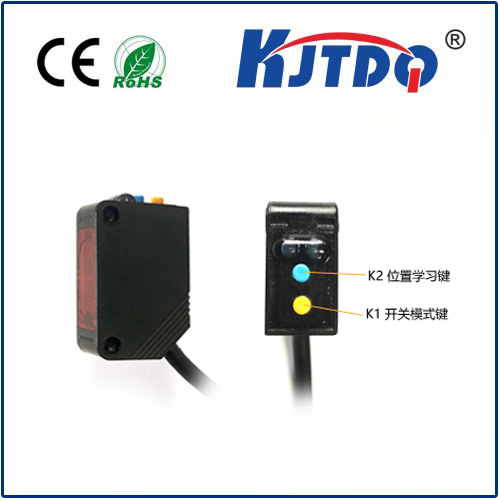

check

check

check

check

check

check

check

check

check

check
Imagine effortlessly gliding your mouse across the desk, navigating complex digital worlds or crafting intricate designs. This everyday magic hinges on an unseen technological marvel: the ADNS sensor. Far more than just an obscure acronym, ADNS (Avago Digital Navigation Sensor) represents a foundational technology that revolutionized how devices track movement, moving far beyond the humble computer mouse to become an invisible engine of precision across numerous applications.
The journey began with the cumbersome, failure-prone mechanical mouse ball. ADNS technology offered an elegant optical solution. At its core, an ADNS sensor is an integrated optical navigation system. It functions as a tiny, self-contained camera. A light source (traditionally an LED, later evolving to laser diodes) illuminates a small area of the work surface beneath it. A miniature lens focuses this illuminated patch onto a low-resolution CMOS imaging array. Here’s where the true innovation lies: the sensor doesn’t “see” an image like we do. Instead, it captures sequential snapshots of the microscopic texture of the surface – the grain of your desk, the weave of your mousepad, even tiny imperfections invisible to the naked eye. Sophisticated on-chip digital signal processing (DSP) then performs a frame-by-frame comparison of these captured surface images.

By analyzing the minute shifts in these surface patterns between consecutive frames, the DSP calculates precise X and Y displacement vectors – essentially, how far and in which direction the sensor has moved relative to the surface since the last frame. This data is then translated into digital signals (typically PS/2 or USB protocols) that communicate the movement directly to the host device. This process happens thousands of times per second, enabling smooth, responsive, and highly accurate tracking without the friction, dirt accumulation, or mechanical wear inherent in ball-based systems.
The impact of ADNS sensor technology was immediate and profound, particularly in the realm of computer peripherals:
Key characteristics that define modern ADNS and similar optical navigation sensors include:
While the original “ADNS” nomenclature was strongly associated with Avago Technologies (and later, Broadcom after Avago acquired it), the underlying optical navigation technology is now widely adopted and refined. Companies like PixArt Imaging (who acquired Broadcom’s optical mouse sensor business) became major players, pushing the boundaries with ever-higher FPS, CPI, and intelligent features like motion synchronization between sensor and light source. Modern sensors also incorporate advanced lift-off detection, automatically stopping tracking when the mouse is raised, and sophisticated algorithms to filter jitter and optimize performance on various surfaces – crucial for competitive gaming where pixel-perfect accuracy is paramount.
The brilliance of the ADNS sensor lies in its elegant simplicity. By focusing relentlessly on capturing and comparing the minutest details of a surface, it translates microscopic physical movement into precise digital data. It transformed an unreliable mechanical component into a robust, high-performance digital system. This optical navigation core remains fundamental. From the budget-friendly mouse solving daily computing tasks to the hyper-specialized gaming mouse enabling e-sports champions, or the barcode scanner speeding up checkout lines, the legacy of the ADNS sensor concept is everywhere. It’s the quiet, reliable, unseen intelligence translating our physical gestures into digital action, proving that sometimes the most significant revolutions happen not with grand pronouncements, but with tiny, brilliant insights into light, surfaces, and the mathematics of movement.
